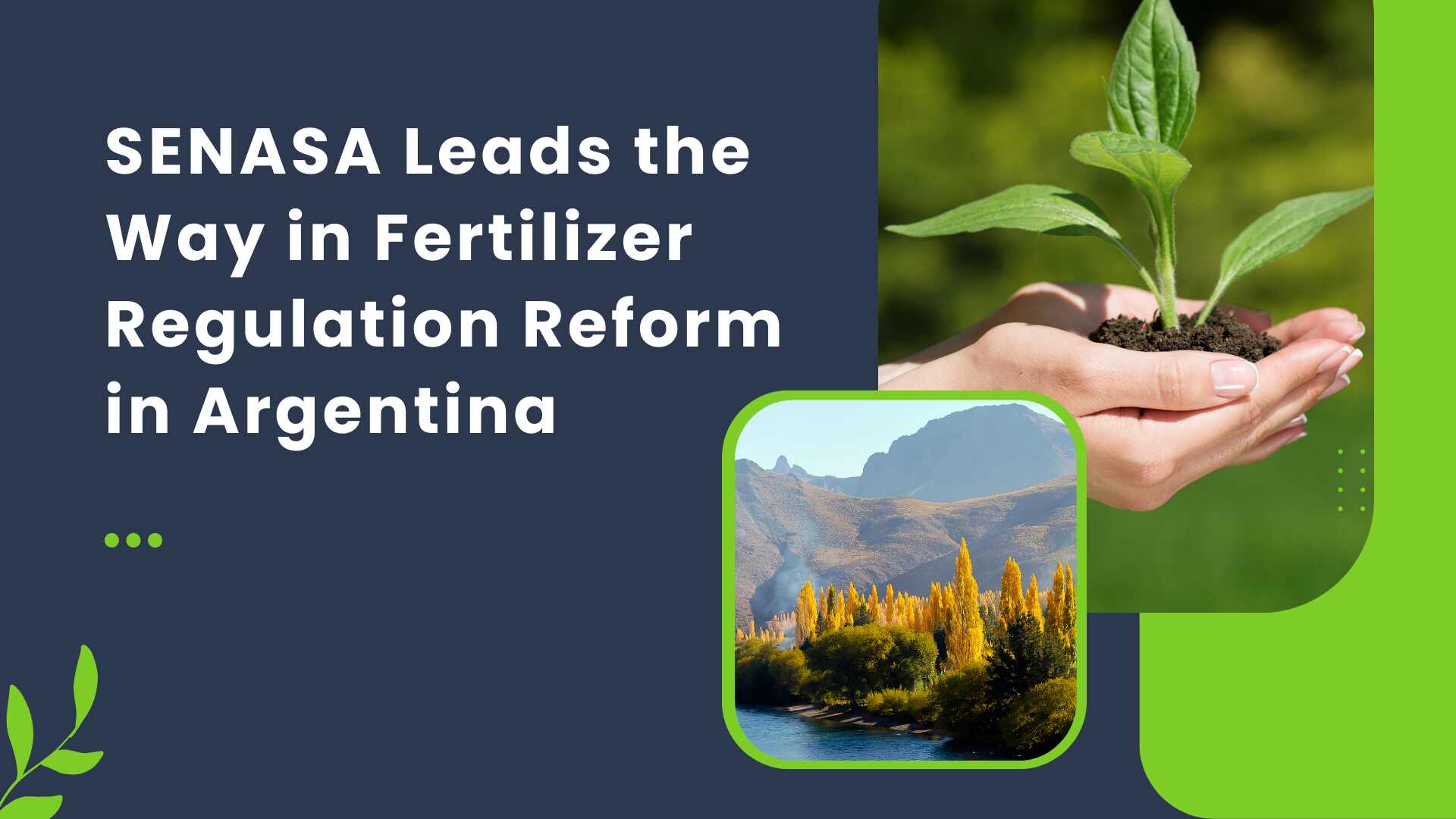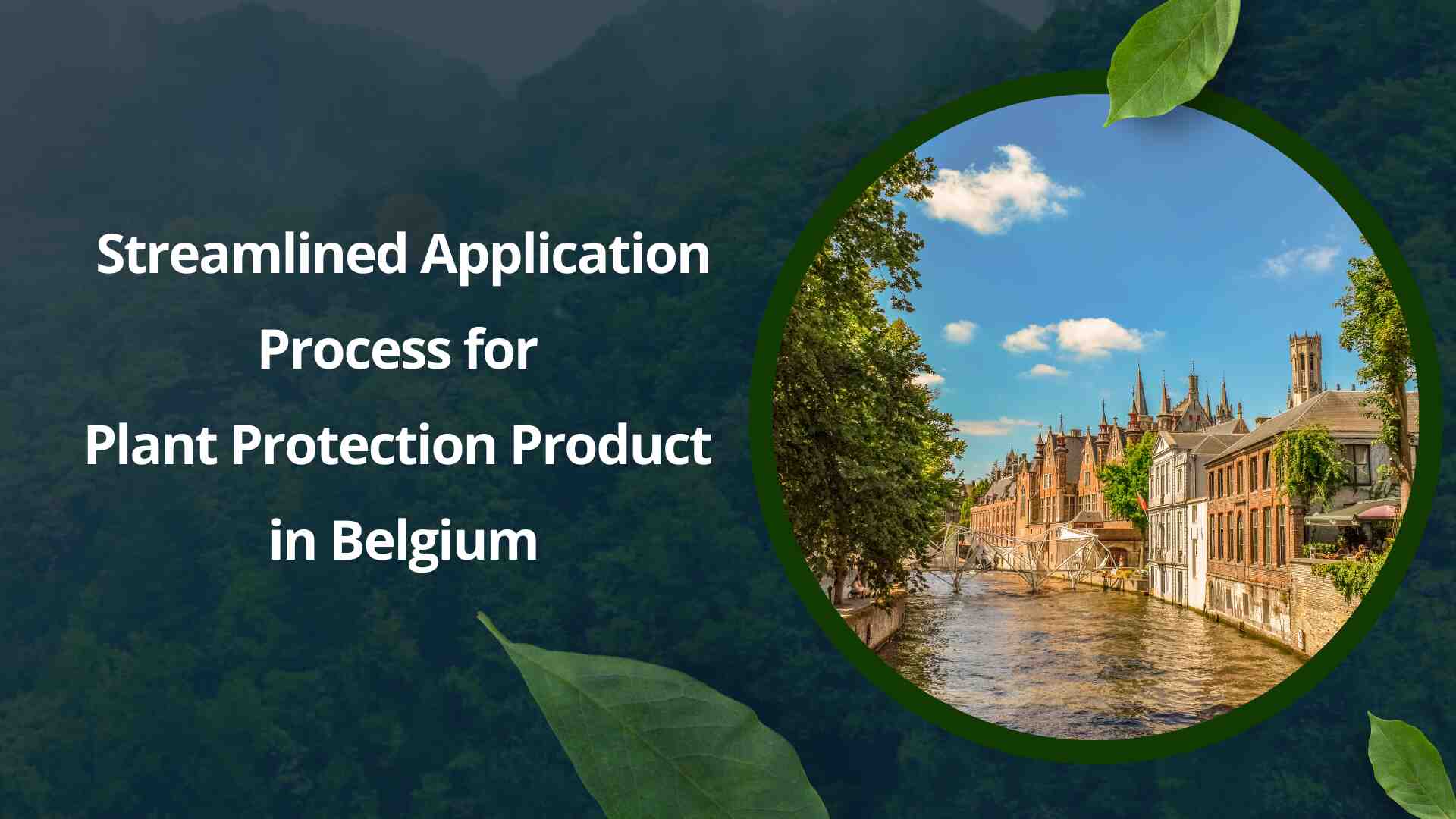The EU Green Deal’s Farm to Fork Strategy is moving us towards a sustainable food system.
In EU adopted regulations for Biopesticides, European union has announced, amended and adopted the regulations regarding biopesticides on (EU) Nos. 546/2011 and 1107/2009 (Annex II) lay out standardized principles and criteria for assessing and authorizing plant protection products and microorganism active substances, regulation (EU) No. 283/2013 as regards the information to be submitted for active substances and the specific data requirements for micro-organisms and regulation (EU) No 284/2013 as regards the information to be submitted for plant protection products and the specific data requirements for plant protection products containing micro-organisms origin.
In EU Adopted Regulations for Biopesticides The draft was proposed on dated, 26th October 2021. 26th October to 23rd November 2021 was the feedback period. Now, they have been adopted on dated 31st August 2022.
Major points were segregated in those amendments.
They have replaced the term microbial active substance to ‘Microbial Pest Control Agent (MPCA)’.
The number of requirement of studies has been reduced. In this case mostly ‘the weight of evidence, approach with justification shall be followed.
The amended version focuses on identifying, taxonomizing, and phylogeny of the microorganism, as well as its origin, occurrence, and history of use.
It also gives clarity about dossier submission shall be done in accordance with Part A if the active substance is a chemical substance (including both semiochemicals and extracts from biological material), or a metabolite produced by a micro-organism.
To provide information on development of resistance in case of provision of data is required, such data may be generated in experimental studies (either in laboratories or under field condition) or retrieved from available scientific literature or else information already submitted for the active substance under point 3.4 of Part B of the Annex to Regulation (EU) No 283/2013 are sufficient to permit an assessment to be performed.
The goal is to reflect the specificities and use of biological substances as compared to chemical substances.









